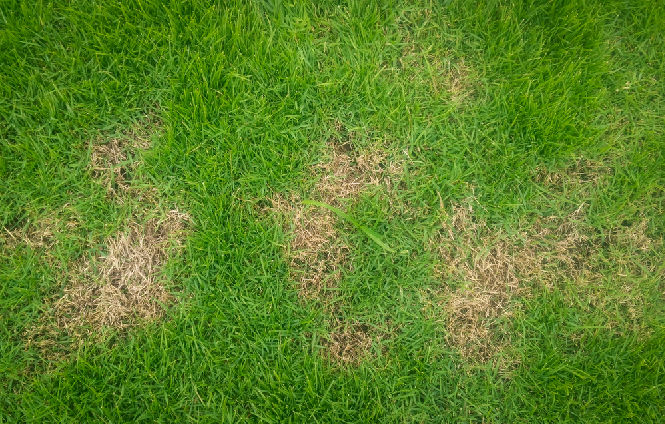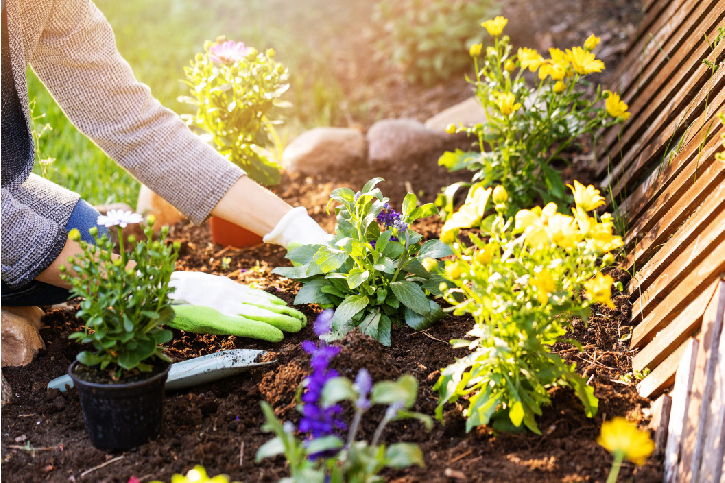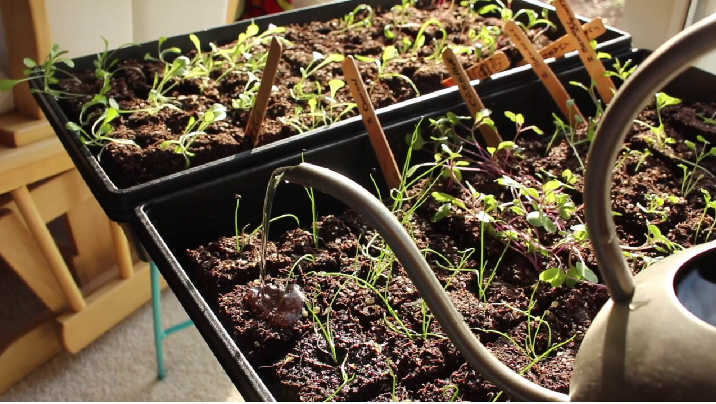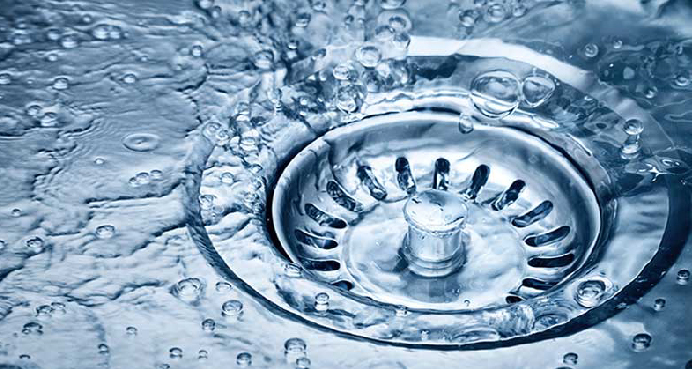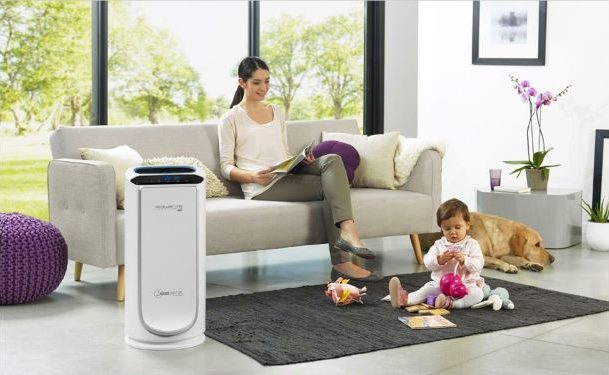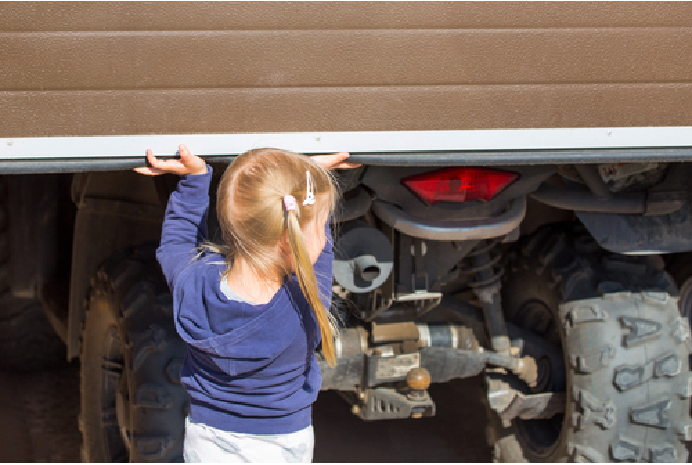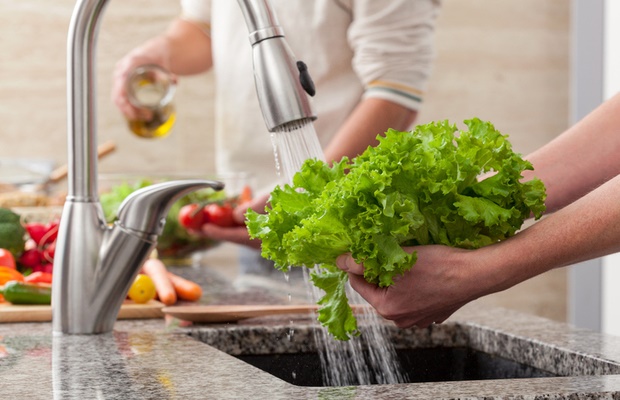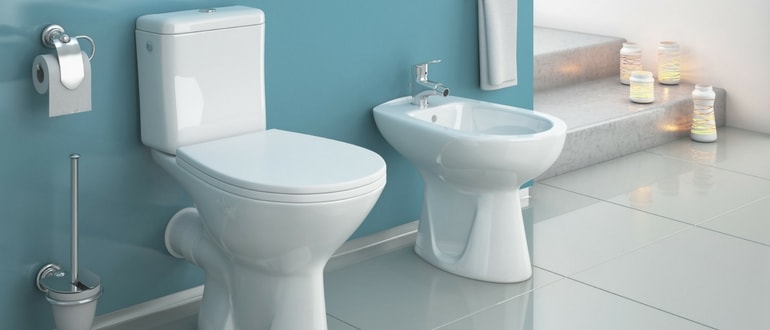With the world’s fresh water supply quickly diminishing, many people are looking for ways to conserve water around the house. One of the best rooms to start in is the bathroom. By following some simple water-saving tips, we can all do our part to help stop the growing problem of wasted water.
Water Conservation Ideas for the Toilet
Toilets play a major part in the overall water usage of many bathrooms. If possible, consider switching to a low-flow toilet or one that allows for dual flushing options. Both types of toilet use considerably less water than an older-style toilet.
If you can’t afford to buy a new toilet, a cheap way to convert your current one is to insert a water displacement device in the tank. This will lower the water volume that is able to be stored, saving you water with every flush.
If you are unable to buy a water displacement device, consider making your own with a plastic bottle filled with sand and water. This will work just as well to decrease your water usage. It is important, however, not to go overboard with this method, as adding too large of a bottle will prevent the toilet from working properly.
It is also important that you check whether or not your toilet is leaking water. A small leak may not seem important, but the wasted water can add up substantially over time if it is not repaired. The easiest way to check for a leak is to add food coloring to the tank, wait, and return after 30 minutes. If you find that some of the color has made it into the toilet bowl, then you have a leak that should be repaired.
Water Conservation Ideas for the Shower
Taking a quick shower uses less water than taking a bath. Because of this, it is often recommended that those wishing to conserve water in the bathroom switch to taking quick showers whenever possible. If you tend to take long showers however, a bath may actually use less water.
A good way to determine the amount of water that you use per shower is to insert the bathtub plug and measure the depth of water that is collected. If the water is less than you would use for a bath, then you’d be conserving water by taking a shower.
If you find you are using a lot of water as you shower, consider trying what is known as a navy shower. Used on naval ships where fresh water is in short supply, this method is excellent for conserving water. First, leave the water on long enough to become fully wet. Then, turn the water off and lather up with soap and shampoo. Finally, turn the water back on just long enough to rinse yourself clean.
If you haven’t already, you should also consider switching to a low-flow showerhead. These inexpensive items are simple to install and can save a great deal of water without putting a negative impact on your overall shower experience.
When shopping for a low-flow showerhead, you’ll probably notice there are two types to choose from. Aerating showerheads are the more popular of the two and will mix air with the water to maintain steady water pressure. The non-aerating verity allows for warmer water temperature and provides a pulsating pressure.
Water Conservation Ideas for the Bathroom Sink
Though a typical bathroom sink uses less water than a toilet or shower, it is still a great place to conserve water. As it is used multiple times a day, there is great potential for reducing the total amount of water used.
To conserve water while using the bathroom sink, you should ensure that the tap contains an aerator. Working on the same principle as an aerating showerhead, a tap aerator adds air to the water allowing for higher water pressure, while using less water.
Another suggestion is turning off the water when running it isn’t necessary. By using less water during tasks like brushing your teeth or shaving, your overall water usage can be lowered significantly.
To use less water while brushing your teeth, simply turn off the water until you need to rinse. To conserve water while shaving, plug the sink and fill it with a few inches of water. Rinsing a razor in a plugged sink will work just as well as holding it under a running faucet, but will use much less water.
There are many ways to conserve water around the house, especially when we focus on saving water in the bathroom. In changing some of our daily habits, a lot of water can be saved over the long term. By following a few simple tips, we can do our part to end the problem of wasted water in the bathroom.
